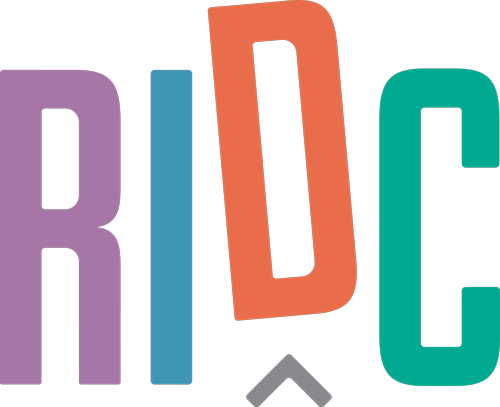Pride For The Rest of Us
By Abigail Hollie
with contributions from Selena Castro
Pride Month celebrations and acknowledgments typically center on the experiences of gay white men. Though it is meant to be a celebratory month, we would be remiss if we didn't hold space for the constant threats to BIPOC queer lives in this country and in our sport. This means a Pride celebration paired with the bitterness of grief. Take time to facilitate meaningful conversations to discuss making the running industry and run communities safer and more inclusive for BIPOC queer runners.
Below is a list of additional resources and links to read more about the historic figures featured in the graphic.
We’Wha
‘We’wha was a bridge-builder across genders and between cultures.’
Bayard Rustin
‘…often-forgotten civil rights activist, gay rights advocate, union organizer, pacifist and man of compassion for all in trouble.’
Bessie Smith
‘Throughout her career, Smith was unapologetically herself.’
William Dorsey Swann
‘Born into slavery, William Dorsey Swann became the first American to lead a queer resistance group, first to self-identify as a “queen of drag,” and first to use the U.S. legal system to defend the queer community.’
Marsha P. Johnson
‘Always sporting a smile, Johnson was an important advocate for homeless LGBTQ+ youth, those effected by H.I.V. and AIDS, and gay and transgender rights.’
Sylvia Rivera
‘Throughout her life, she fought against the exclusion of transgender people, especially transgender people of color, from the larger movement for gay rights.’
Audre Lorde
‘While taking classes at the National University of Mexico, Lorde accepted her identity as a lesbian and poet. Returning to the U.S., she socialized at downtown working-class lesbian bars while keeping her sexual preference a secret during classes at Hunter College.’









